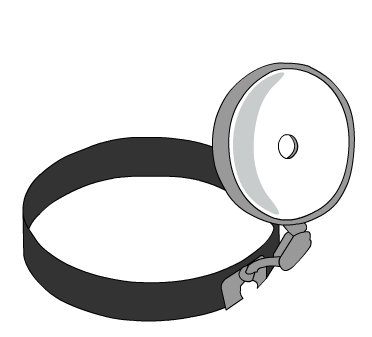1. Name of the location of 90% of epistaxis
2. A genetic disorder that forms AV malformations in the skin, lungs, brain etc
3. Name of posterior vascular plexus in the nasal cavity causing posterior epistaxis
4. 1st line treatment for all epistaxis
5. The common brand name for anterior nasal packing
6. Chemical used in cautery sticks
7. Physically scaring complication of posterior nasal packing with foleys catheter
Coming soon..
Dental Abscess
Introduction
A basic understanding of odontogenic pathology is important. These conditions often present in the guise of multiple other head and neck differentials. Neck swelling, lymphadenopathy, trismus and intraoral swelling or pain are to name but a few symptoms that can mascarade as an ENT condition but may also be due to a dental abscess.
The Teeth
Only a basic knowledge of teeth is required for practical medicine unless you plan on delving into the world of oral and maxillofacial surgery.
An adult human has 32 teeth which can be described by their location in a grid (shown below)

Description of teeth using this nomenclature is universal to dentists and OMFS surgeons alike. The teeth can be described for example as the upper right 3 and can be documented as either (UR3) or 3
Symptoms
A dental abscess classical presents with dental pain. In normal working hours, the majority of dental infections can be managed by the patient's own dentist. Out of hours most areas have an emergency dental service in UK.
If systemically unwell, pyrexia or facial swelling exists, the patient may be referred into the OMFS team.
Signs
Dental infections may cause a myriad of clinical signs. The more severe signs include;
-
A tooth that is TTP (tender to percussion by a finger or wooden tongue depressor)
-
Gingival or buccal swelling around the effect tooth/teeth
-
Trismus (Reduced mouth opening due to spasm of the masseter muscle)
-
Facial swelling
-
Lymphadenopathy
-
Raised floor of mouth (Indicative of a spreading infection in the lower teeth)
-
Reduced neck movements
-
Airway compromise
The signs marked in red are dental red flags and likely require an urgent OMFS referral.
Investigations
The most sensitive investigation for exposing a dental pathology is an OPT or OPG (orthopantomogram), as shown below.
Findings consistent with a dental pathology include;
-
Tooth caries
-
Peri-apical radiolucency
-
A bone cyst

Management
Dental infections should be treated with an appropriate antibiotic. The use of Amoxicillin or Clarithromycin/ Erythromycin (in a penicillin allergy) are widespread. This is usually accompanied by some anaerobic cover such as Metronidazole. After the infection has been treated the tooth itself will need definitive treatment, this is usually performed by the patient's community dentist.
In severe infections, the patient may require admission for intravenous antibiotics and emergency dental management. Surgical management may consist of simply accessing the root of the tooth, an incision and drainage of the collection and or extraction of the tooth.

